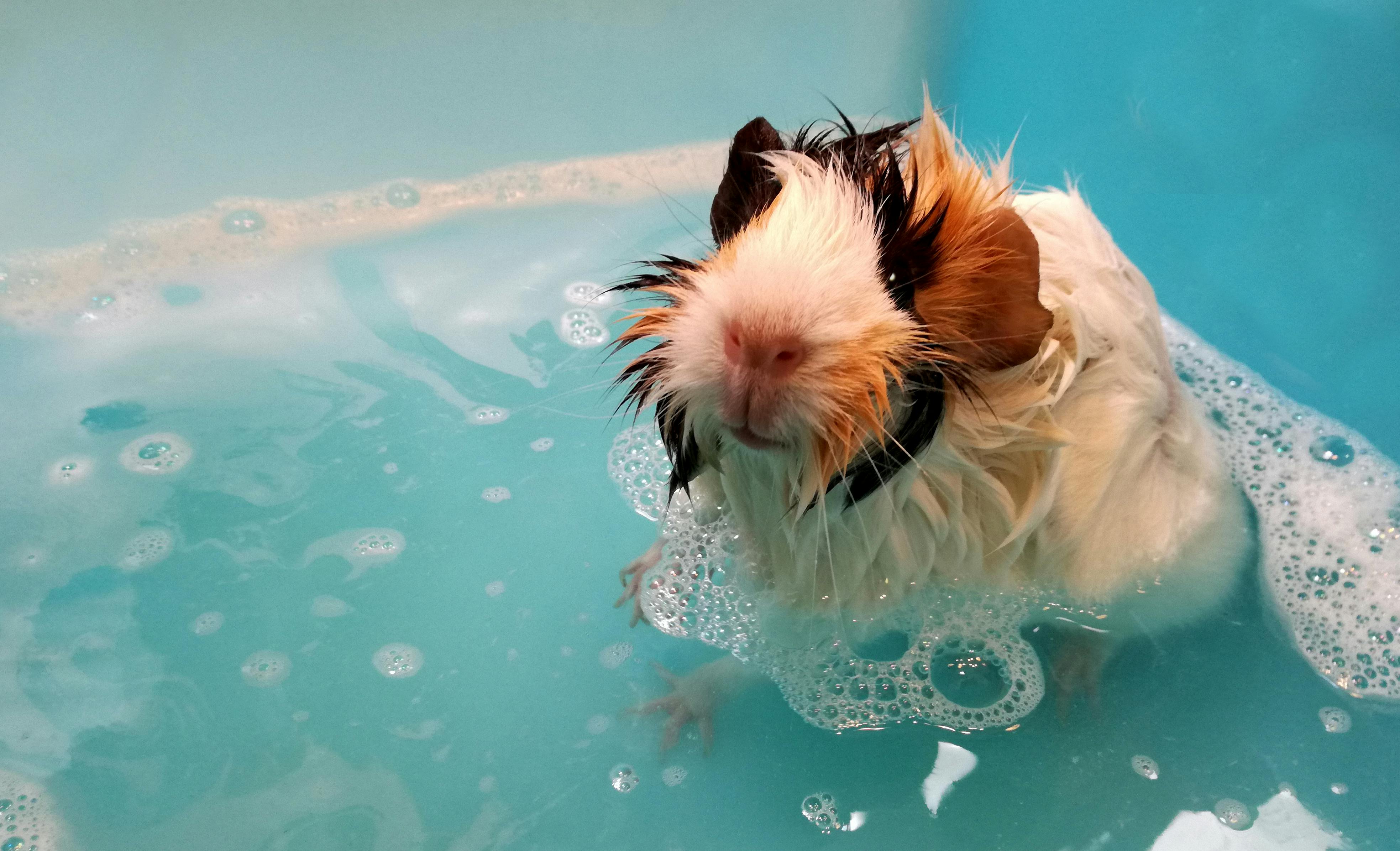Signs of Stress in Rodents: Understanding Their Well-being

Signs of Stress in rodents: Understanding Their Well-being
rodents, be they pet hamsters, guinea pigs, or mice, can experience stress much like any other animal. Recognizing the signs of stress in these small creatures is crucial for maintaining their health and happiness. Unlike larger animals, rodents might not be able to vocalize their discomfort or stress in obvious ways, making it important for pet owners to be aware of the more subtle signs.
Physical Signs of Stress
Physical symptoms are often the first noticeable indicators of stress in rodents. One common sign is a change in appearance. Fur loss, for example, can be a result of excessive grooming, which is a stress-related behavior. Similarly, changes in posture, such as hunching or puffing up fur, can indicate discomfort or anxiety. Another visible sign could be red tears (chromodacryorrhea), often seen in stressed rats, caused by a red pigment in their tears.
A more critical symptom to watch for is changes in eating and drinking habits. A stressed rodent may eat or drink significantly less or more than usual, which can quickly lead to other health issues. Sudden weight changes should also prompt concern and possibly a vet visit.
Behavioral Signs of Stress
Behavior is another crucial area to monitor. A normally social and curious rodent becoming withdrawn or aggressive can be a clear sign of stress. Increased aggression might manifest in more frequent nipping or biting, or a general reluctance to be handled. On the other hand, you might notice your rodent hiding more than usual or displaying a noticeable decrease in activity level.
Stress can also lead to repetitive or compulsive behaviors such as bar-biting, circling, or pacing. These activities can suggest that the rodent's environment is not meeting its needs in terms of space or stimulation. Watching for these behaviors is essential as they can quickly escalate and cause physical harm if not addressed.
Environmental Causes of Stress
Understanding the potential environmental and social triggers for stress can help mitigate them. Inadequate cage size, lack of mental stimulation, or unsuitable bedding can all be sources of stress. Social stress can also be significant, especially in species that are naturally communal, such as guinea pigs. These animals can become stressed if kept alone or, conversely, if crammed into an overcrowded space.
Noise levels and other sensory inputs can also be stressors for sensitive rodents. Sudden loud noises, unfamiliar scents, or even persistent vibrations can unsettle your rodent, leading to stress.
Prevention and Mitigation of Stress
Prevention is always better than cure. Ensuring that your rodent has a suitable environment that meets its specific species requirements is fundamental. This includes appropriate cage size, proper bedding, and adequate food and water. Regular, gentle handling can help prevent stress from handling and build trust between you and your pet.
Introducing environmental enrichments such as toys, different levels in the cage, and opportunities for natural behaviors like burrowing or climbing can significantly reduce stress levels. Regular health check-ups are crucial to ensure that any physical symptoms of stress are not overlooked.
By reading and responding to the signs of stress in rodents, owners can ensure their pets lead happy, healthy lives. Recognizing these signs early and taking preventive steps is essential for the well-being of these small, often underappreciated animals.